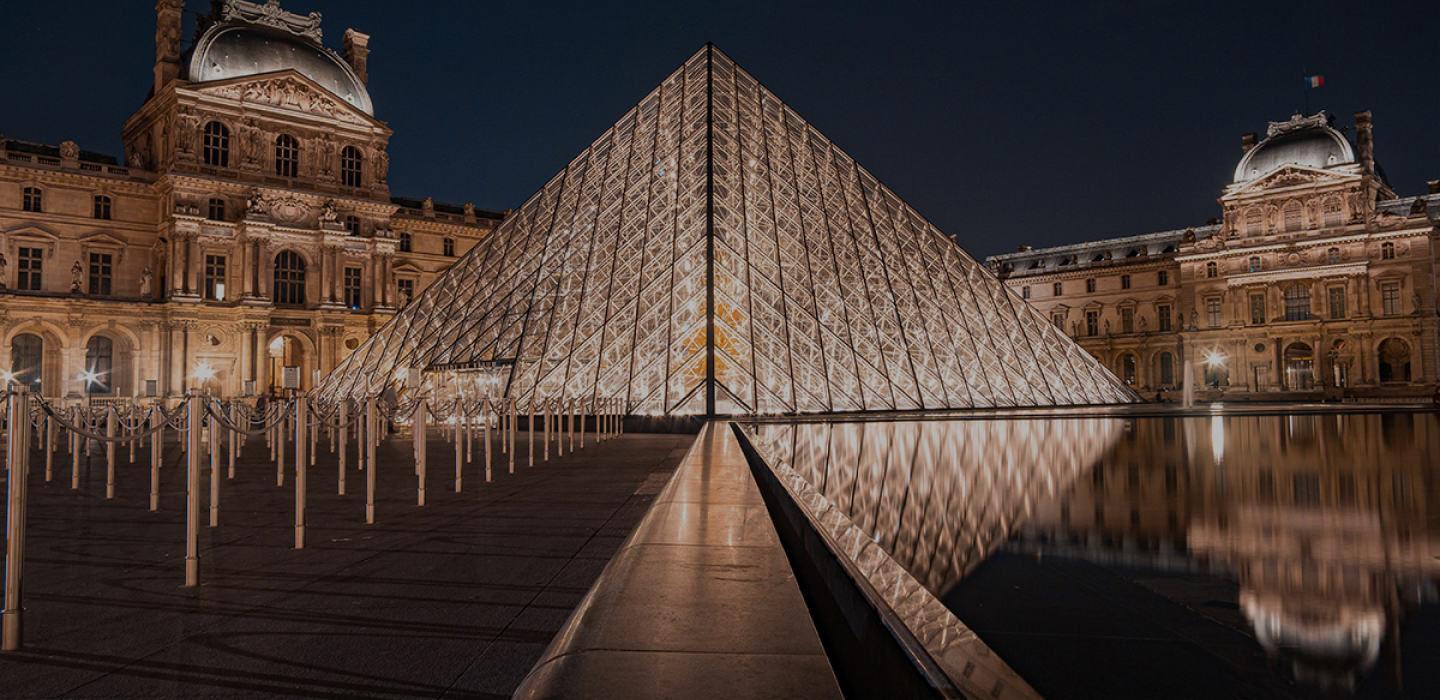Welcome to the world of Travel Quiz!
Want fun, challenging travel quizzes (like these below) emailed directly to you? Subscribe now!
History

21 Questions
Uncover the Origins of U.S. City Names in This Quiz
General

21 Questions
From North to South, How Well Do You Know the Dakotas?
General
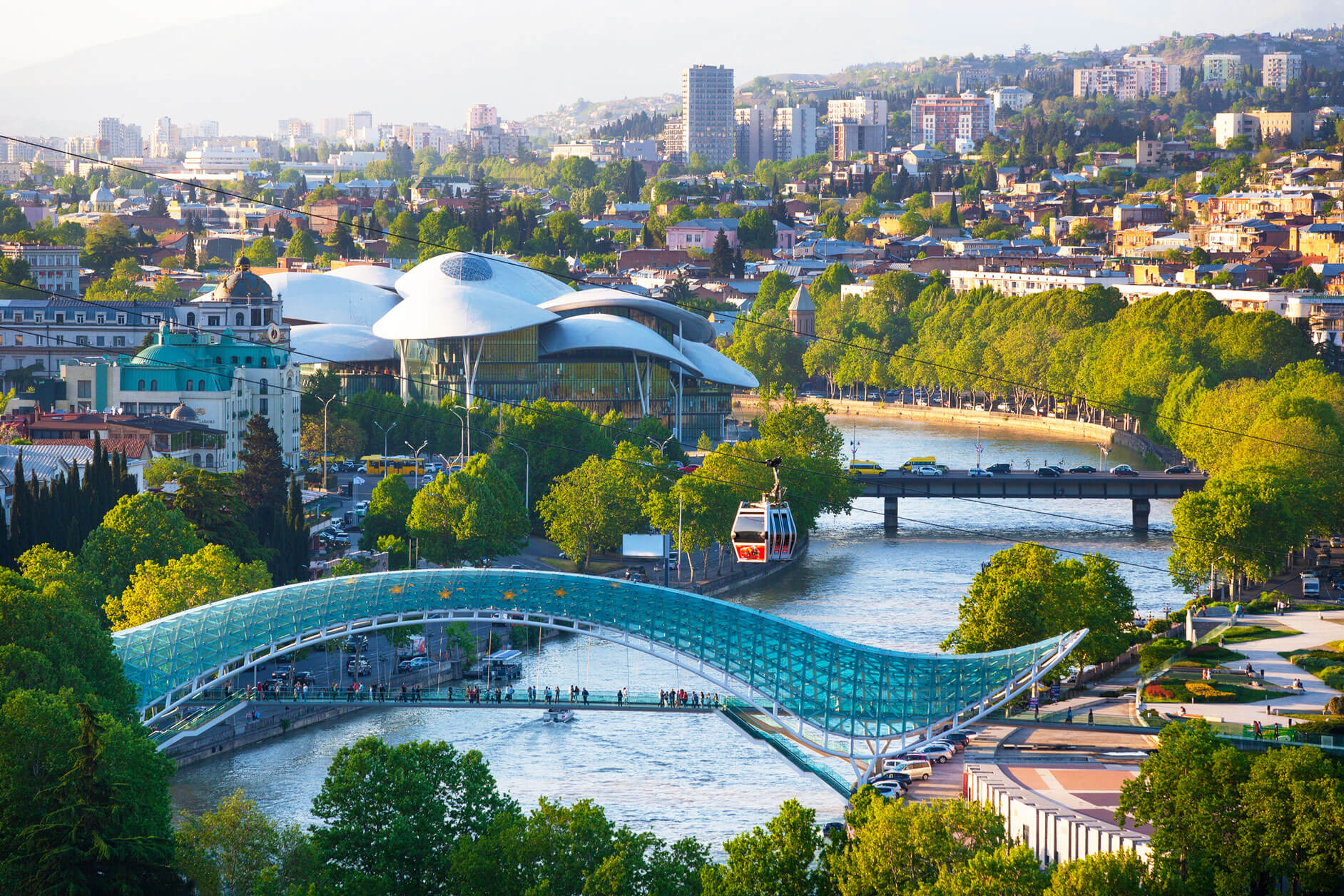
10 Questions
Do You Know These Country Names in Their Own Languages?
General
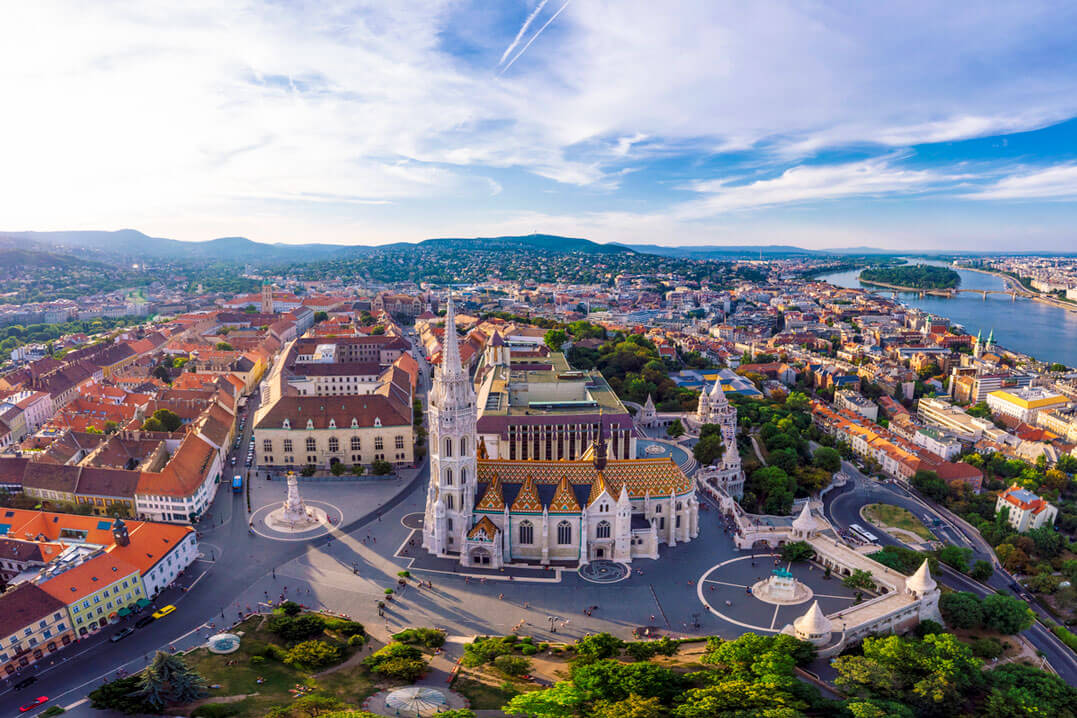
20 Questions
Is Your Knowledge of the World's Metro Systems on the Right Track?
Food & Drink
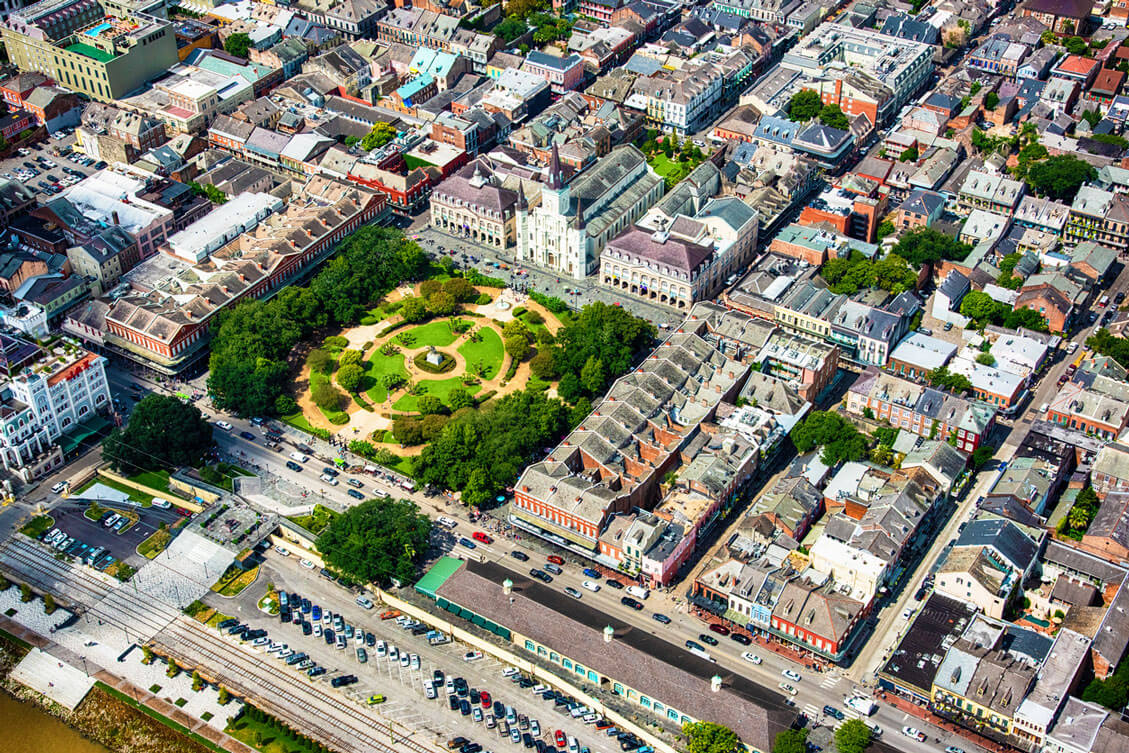
20 Questions
Test Your Taste Buds With This International Flavors Quiz
General
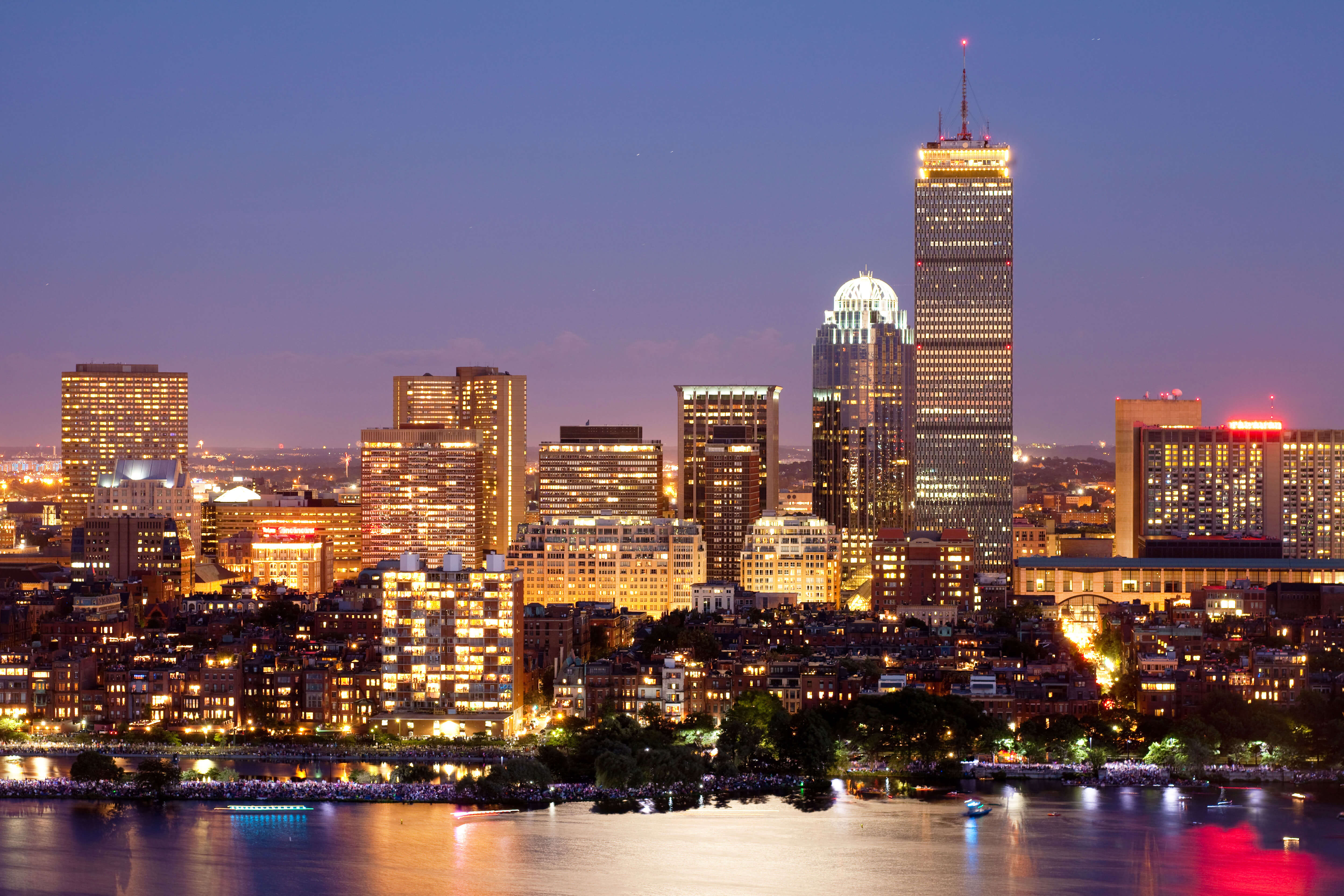
10 Questions
Do You Know All There Is to Know About Boston?
Geography
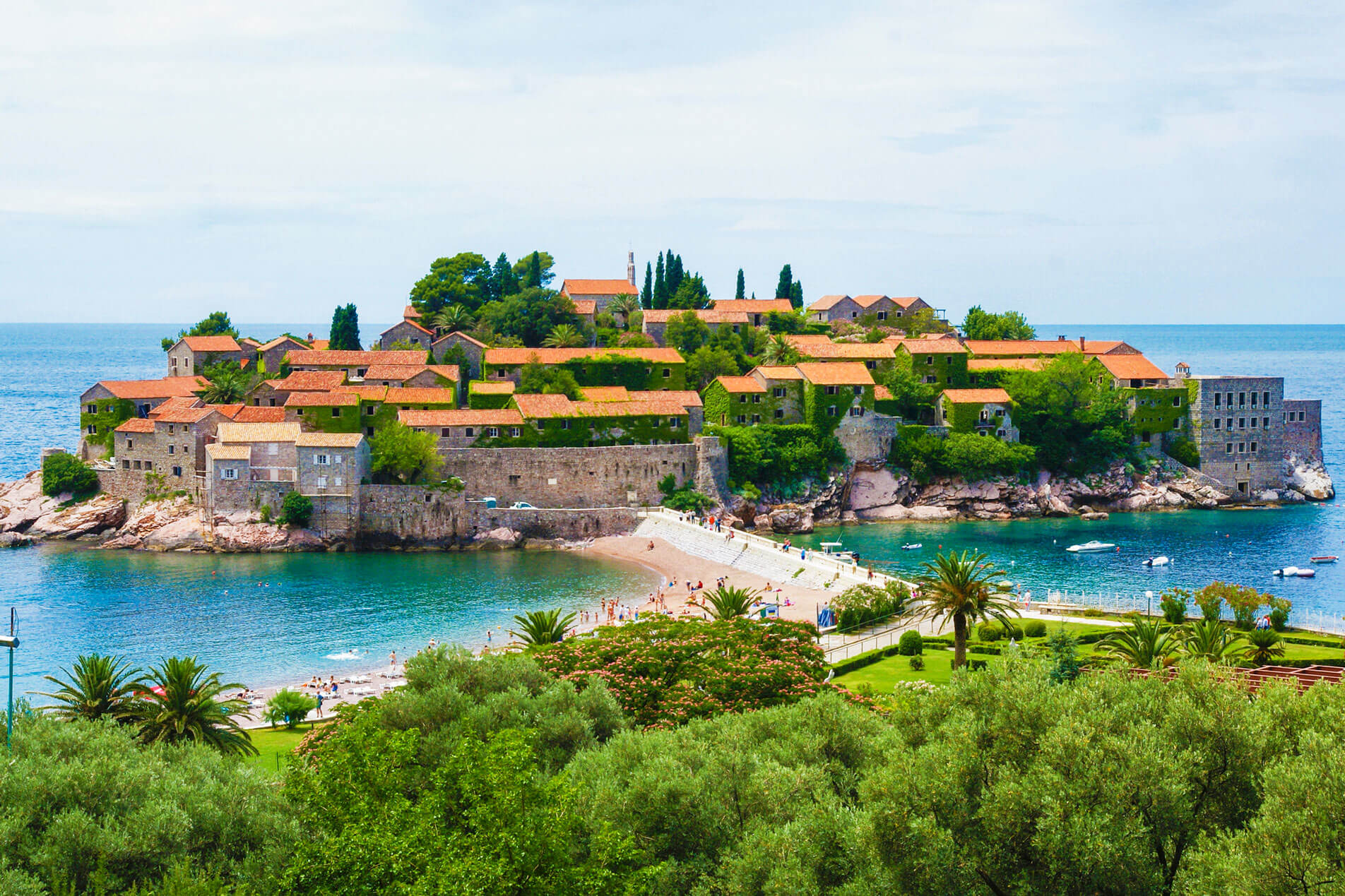
20 Questions
How Well-Formed Is Your Knowledge of Geographical Formations?
General
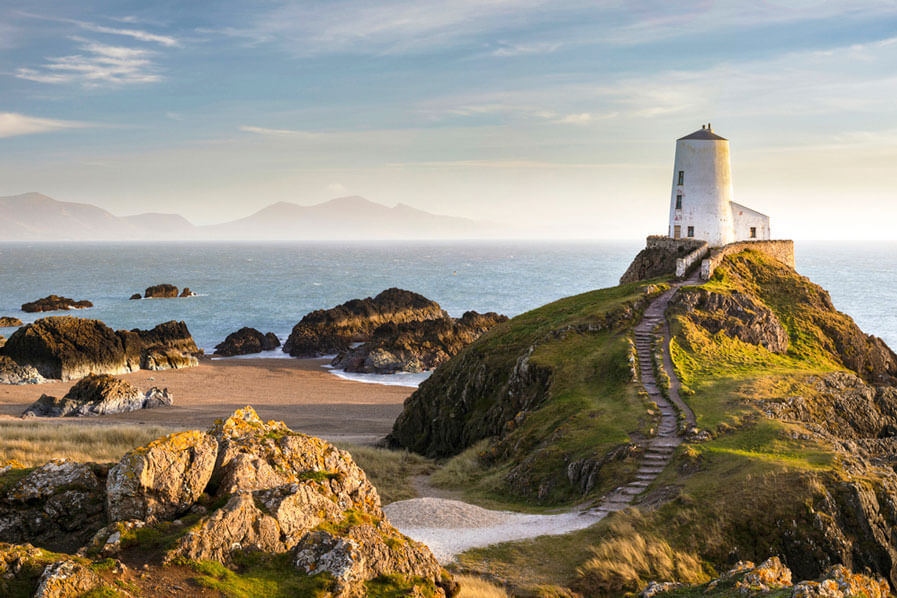
20 Questions
Speak Like a Local in This Quiz on Rare Languages Around the World
Arts & Culture
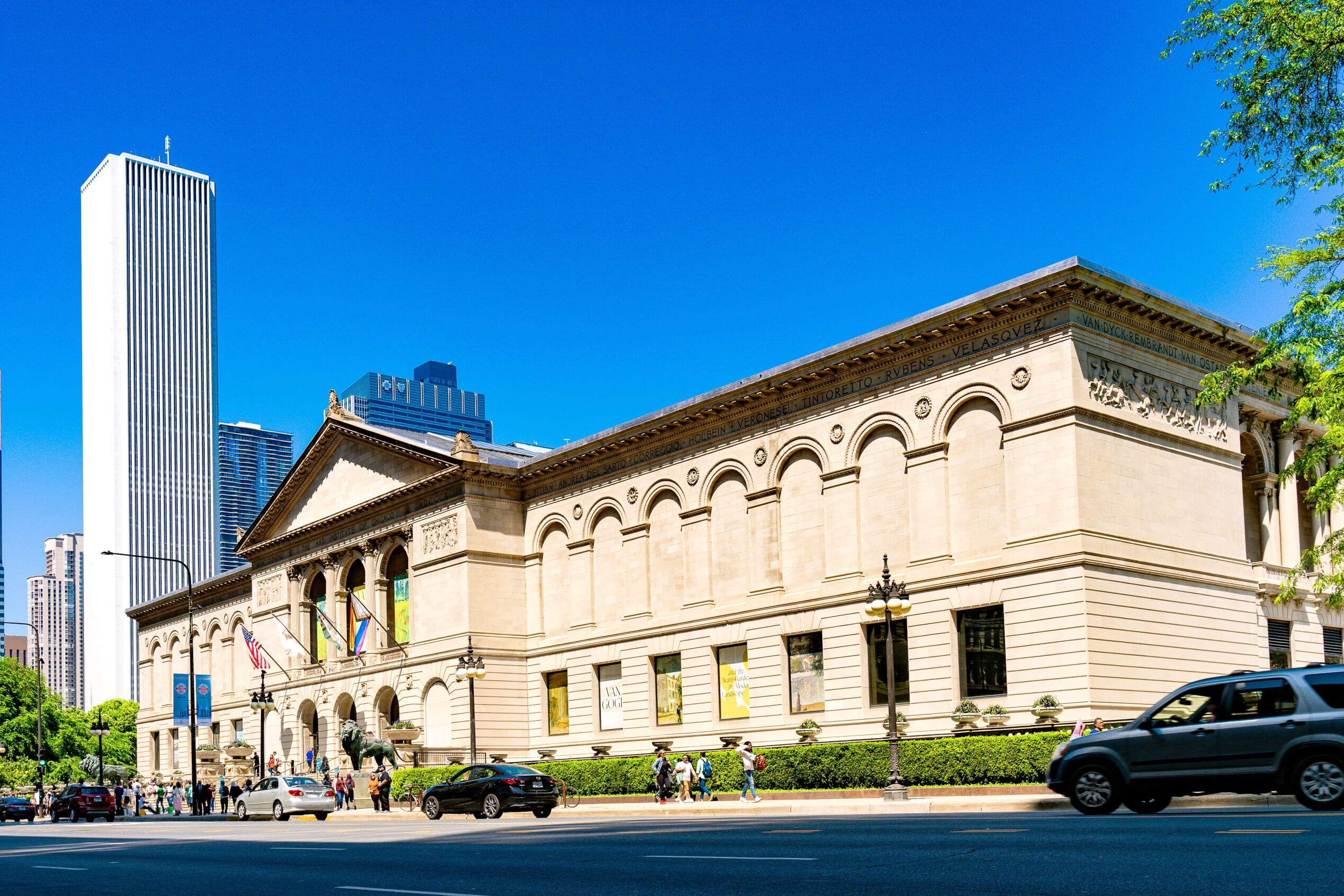
31 Questions
Can You Ace This Quiz on Movie Filming Locations in One Take?
History
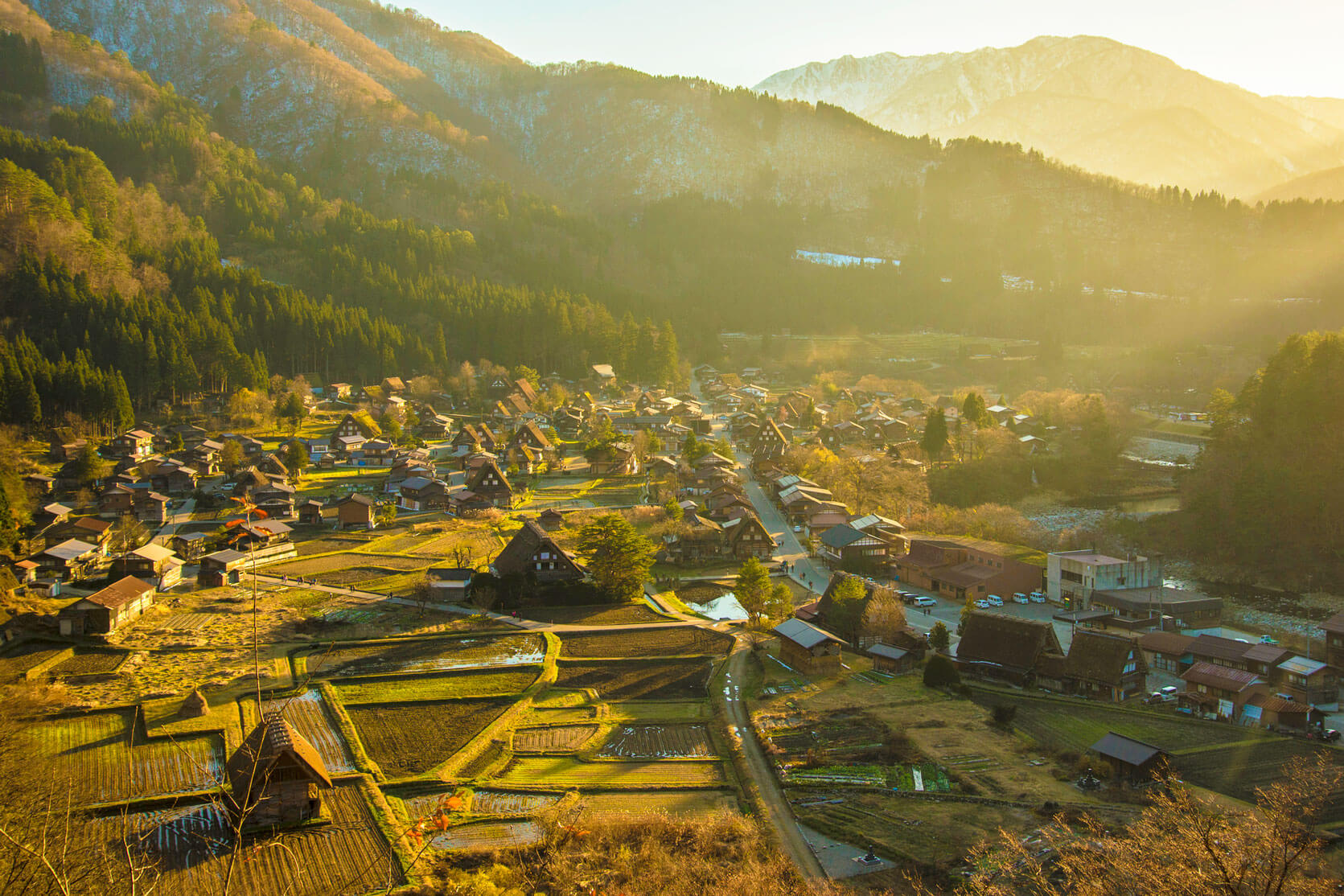
10 Questions
Can You Recall the Former Names of These World Cities?
Landmarks
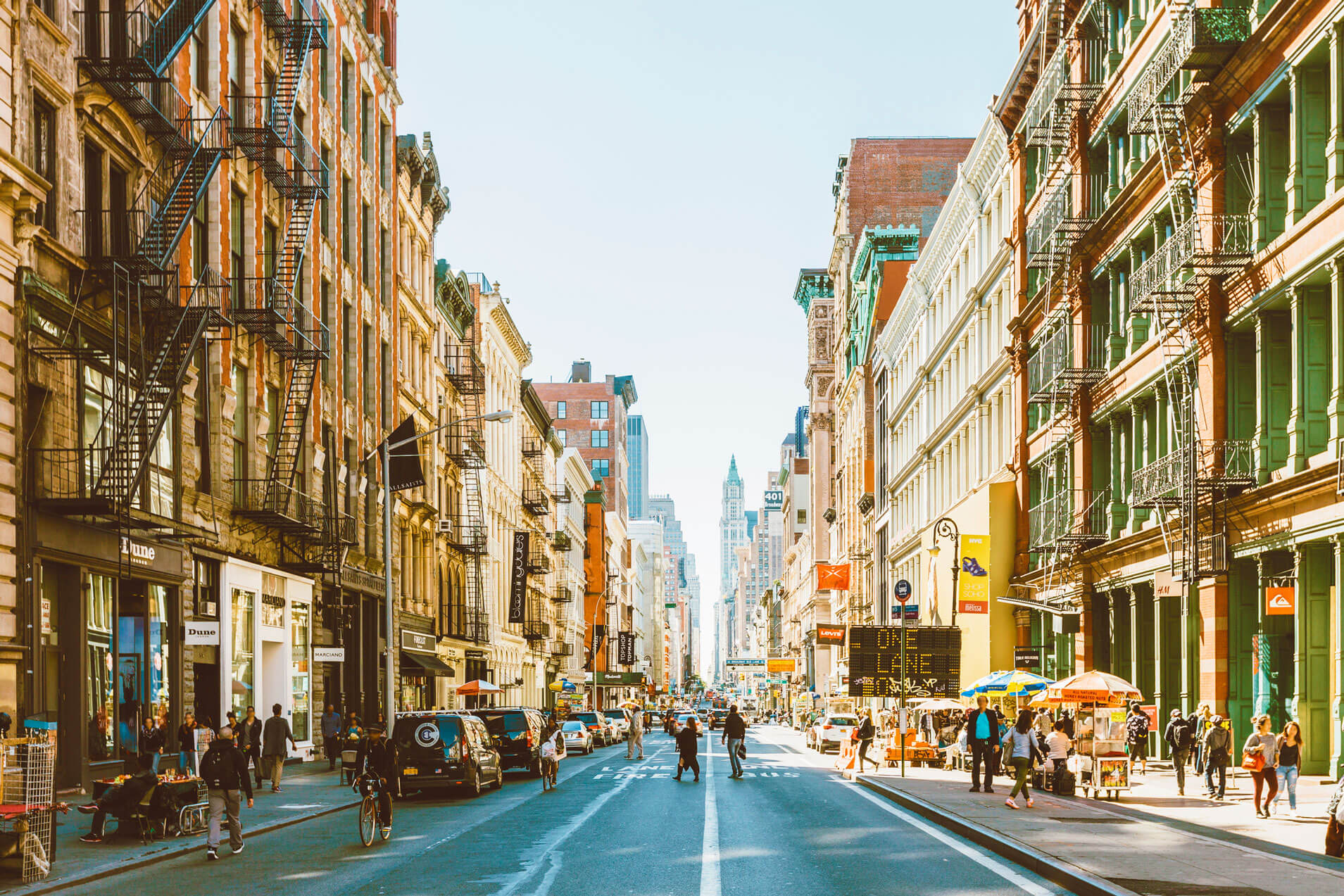
20 Questions
Hit the Road With This Quiz on Famous Streets and Avenues
General
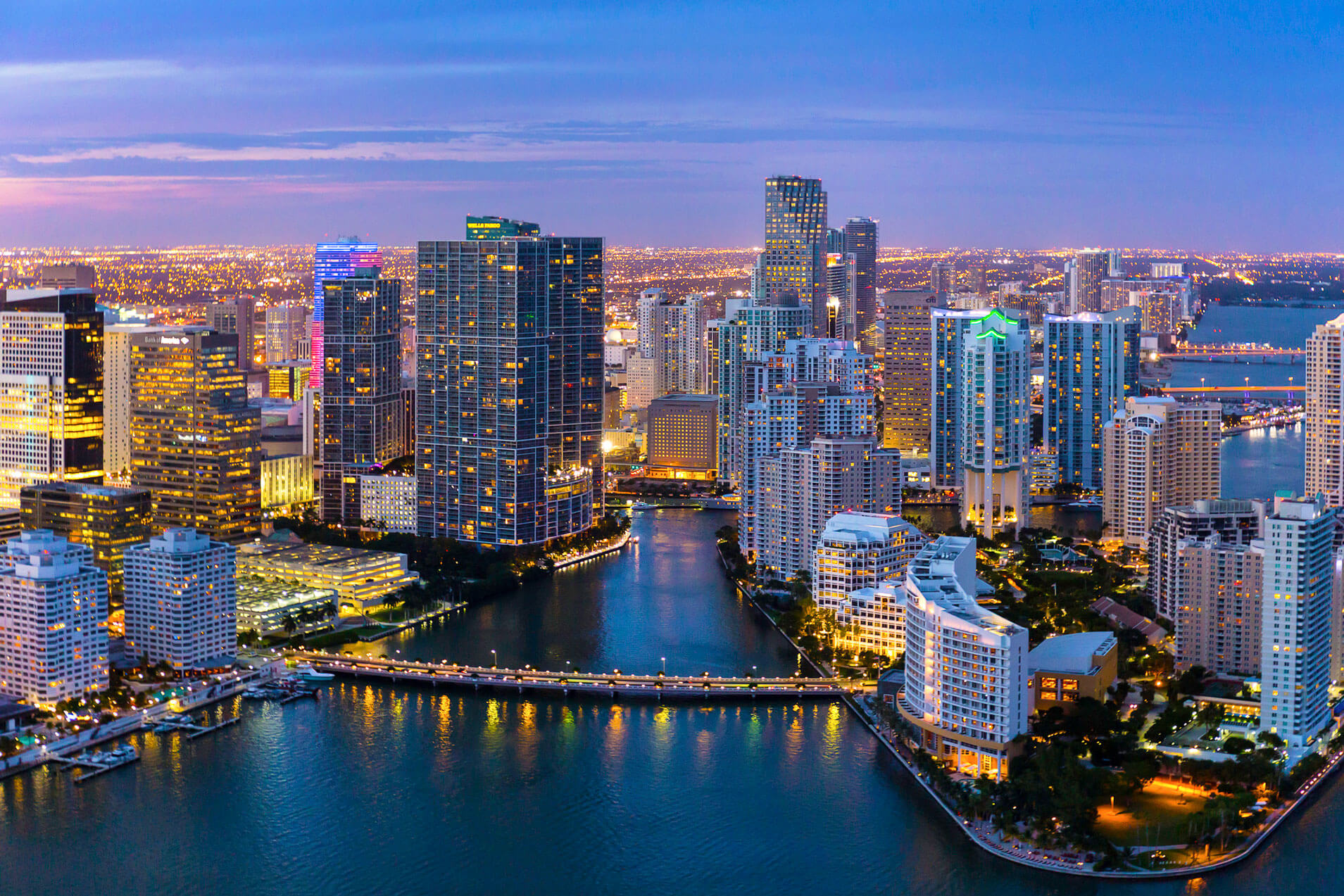
20 Questions
From Tampa to Tallahassee, See How Much You Know About Florida
General
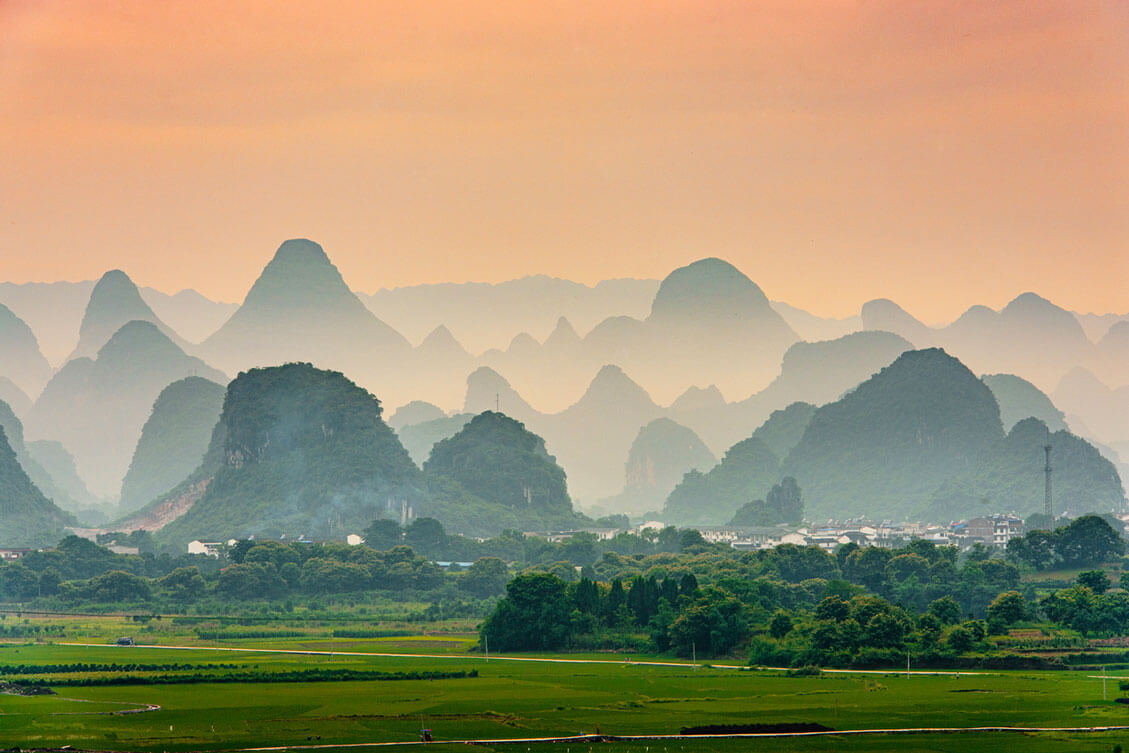
20 Questions
From Adams to Zhang, Here’s a Quiz on Last Names Around the World
Whether you’re an armchair tourist or a jetsetter IRL, Travel Quiz delivers globe-spanning trivia challenges and daily destinations to spark your wanderlust. With each quiz, earn points as you grow and test your knowledge — and daydream about your next adventure.

Test your knowledge and earn badges along the way!
Check your progress from your Dashboard
